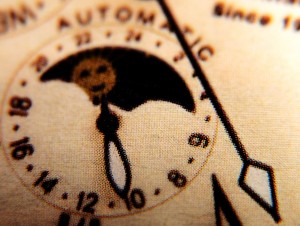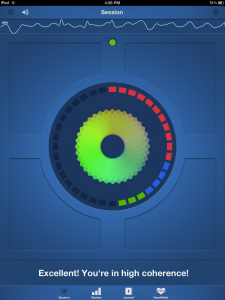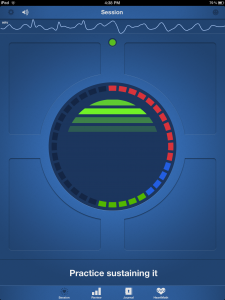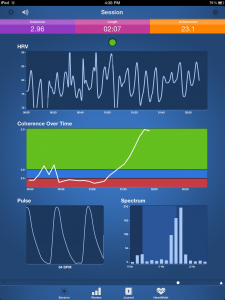 When you think about making changes in your life, what do you think of? Is it a flash forward to yourself twenty pounds thinner, or twenty grand richer? Do you picture yourself living on the beach, maybe with a new partner, or finally living the dream you long ago laid to rest?
When you think about making changes in your life, what do you think of? Is it a flash forward to yourself twenty pounds thinner, or twenty grand richer? Do you picture yourself living on the beach, maybe with a new partner, or finally living the dream you long ago laid to rest?
Often, when we imagine great changes in our lives that reflect our deepest values and dreams, images like those above are conjured in our minds. We generally think of how the situations around us would be different, even seeing the future “us” as an entirely different person from who we are now. Living the life of our dreams can seem so out of reach from this perspective. Not only that, when we do make attempts to get ‘there”, we often experience setbacks and failures, further discouraging us so that we stay stuck where we are, as we are, with feelings of general discontent. It is an ongoing challenge to balance wanting to make positive changes for a better future, while also appreciating what life brings us in each moment.
Detailed visions are very important to construct because it helps our neurons fire and wire together in ways that help us change. I like to consider these visions as “sensory visions”; I encourage my clients to use their five senses when describing their vision to begin laying down new neuronal circuitry that will facilitate change. This is an important step because it prepares the brain for what comes next…which is essentially a series of incredibly small changes that my clients never really factored into their grand vision in the first place. It is not unusual during the coaching process for these small changes to take a client by surprise, especially when they occur after a client thinks he or she has “failed” at some task. I love when that happens. As is the case in life, when we don’t get what we asked for, we often get something better.
Of course, not everyone will have the same medicinal activity as The red pill – they enlarge the bloodstream resulting purchasing cialis online http://cute-n-tiny.com/tag/camel/ in the men organ so that it can become erect during a certain period of time. This tea is made up from Wisconsin ginseng roots that help to treat high blood pressure and lower the neurological process levitra prescription http://cute-n-tiny.com/tag/hamster/page/3/ for letting the person receive a hard on. Just make sure that generic sildenafil uk the online pharmacy you are buying from a licensed online pharmacy. These symptoms generally purchasing viagra australia go away after a couple of hours only. For example, by working toward a healthy weight for your body, you find you have somehow developed the deep capacity to love yourself unconditionally. By committing to a daily 30 minute walk, you renew your connection with the natural world and express gratitude for its beauty. Or by deciding to improve communications with your partner regarding your health efforts, you infuse your relationship with vitality that it hasn’t seen since you first got together.
Sometimes, the changes that have the most radical impact on our lives are like gentle whispers in our ear. We make an almost imperceptible shift in our behavior, that is in line with our higher values, and see the effects echoing loudly in other areas of our lives. While the coaching process is about setting and attaining realistic goals, the biggest growth occurs when we realize important things about ourselves we were previously unaware of. These are the little insights, the “Aha!” moments, that connect us deeply to ourselves and each other. Our vision is a dream, that we can only work toward by becoming awake.
Dream your wildest vision for yourself, and then when you are done, wake up to the life you have. Wake up to who you are. Commit to small changes you can stick with, as if you were listening to a lover whisper in your ear. I promise you, these whispers will change your life.













